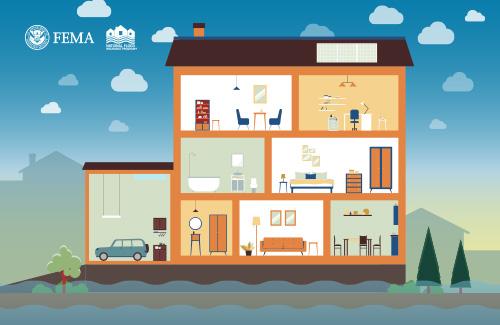Mitigation, it’s more than just “being prepared;” it’s a state of mind you can help your customers cultivate, so they take actions to protect the lives they’ve built. Mitigating flood risk is a key component of protection, as it helps prevent damage to their homes and businesses.
Flooding is destructive and causes extensive damage to homes and properties across the nation. You already talk to your clients about the importance of flood insurance. Your next step is to help your clients learn about proactive mitigation measures they can take to protect their homes and businesses.
Get S.E.T.
There are three pivotal things homeowners and business owners alike can do to mitigate their flood risk. The NFIP has an acronym we share whenever we discuss mitigation: S.E.T.
Store Important Documents
After a flood, people are likely to be preoccupied, reeling from their confusing and shocking environment. Knowing that, talk to them know about the importance of having and keeping their important documents properly stored. Having documents in a safe, water-tight place makes it easy to find and use after a storm.
Elevate Utilities
When your clients elevate their homes’ utilities (electrical panels, HVAC systems and water heaters) they can prevent extensive damage during a flood. With these systems above the flood level, they're less likely to become inoperable during a flood, which reduces repair costs.
Toss Debris
The simple act of clearing and tossing out debris from gutters and drains helps mitigate flood risk. Remind your clients that flooding can occur anywhere water cannot drain properly.
Flood insurance provides the most crucial financial protection against floods. Thankfully, homeowners and business owners can use mitigation efforts to reduce their risk of flood damages. By sharing these proactive measures, you can help your clients better protect their homes and loved ones from the impacts of flooding.

